Google Pixel 10 Pro Review: New brains, old clothes
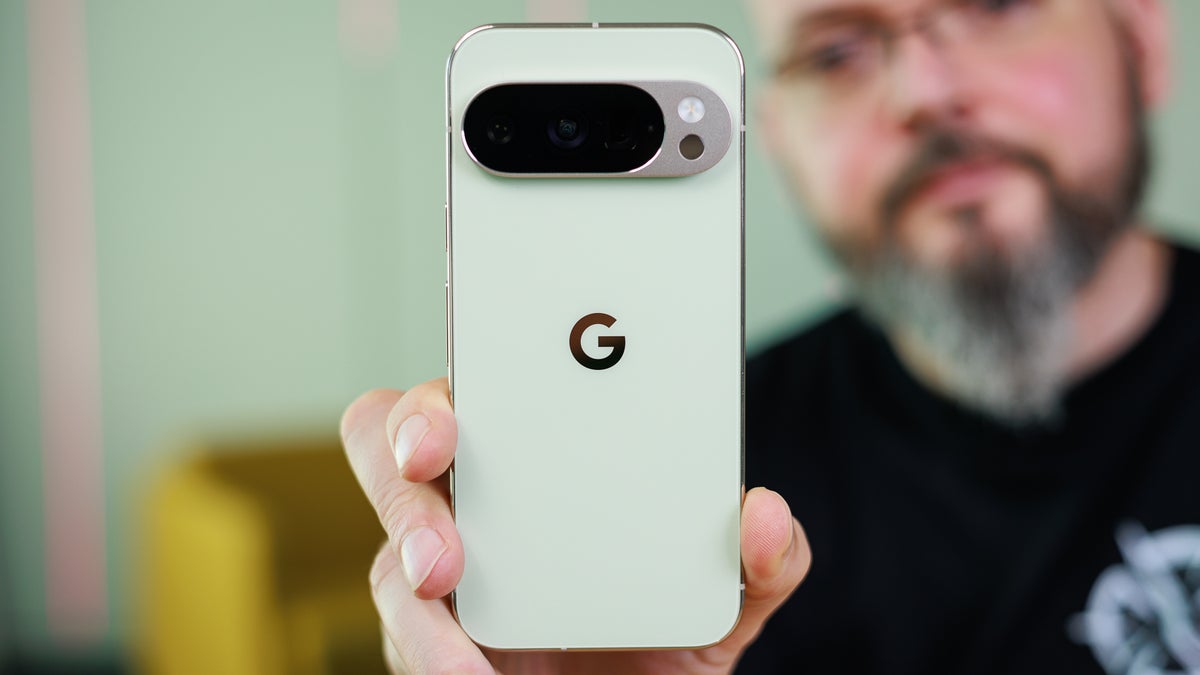
The Pixel 10 series builds upon the success of the previous generation, which got Google into the double-digit market share in the US. Unsurprisingly, expectations are quite high, especially on the Pro models.
At first glance, though, Google seems to have chosen to play it safe and opt for minor tweaks and polishes here and there, rather than offering groundbreaking upgrades. The Pixel 10 Pro looks and feels almost identical to its predecessor, but there are some important changes under the hood.
In the grand scheme of things, this model has to compete against the recently released iPhone 17 Pro and the compact Galaxy S25, and thanks to the new brains it got, the Pixel 10 Pro might be a formidable opponent. There's only one way to find out!
Table of Contents:
Pixel 10 Pro Specs
New brains
Let's start with an overview of the Pixel 10 Pro specs and a quick comparison with its predecessor:
| Pixel 10 Pro | Pixel 9 Pro |
|---|---|
| Size and Weight 152.8 x 72 x 8.5 mm 207 grams | Size and Weight 152.8 x 72 x 8.5 mm 199 grams |
| Display 6.3 inches, LTPO OLED, 120Hz 1280 x 2856 pixels, (~495 PPI) 3,300 nits peak brightness | Display 6.3 inches, LTPO OLED, 120Hz 1280 x 2856 pixels, (~495 PPI) 3,000 nits peak brightness |
| Processor Google Tensor G5 3nm | Processor Google Tensor G4 4nm |
| Software Android 16 Seven years of software updates | Software Android 15 (upgradable to Android 16) Seven years of software updates |
| Cameras 50 MP, f/1.7, 25mm (wide), 1/1.31", OIS 48 MP, f/2.8, 113mm (telephoto), 1/2.55", OIS, 5x zoom 48 MP, f/1.7, 123˚ (ultrawide), 1/2.55", dual pixel PDAF | Cameras 50 MP, f/1.7, 25mm (wide), 1/1.31", OIS 48 MP, f/2.8, 113mm (telephoto), 1/2.55", OIS, 5x zoom 48 MP, f/1.7, 123˚ (ultrawide), 1/2.55", dual pixel PDAF |
| Battery Size 4,870 mAh | Battery Size 4,700 mAh |
| Charging Speeds 30W wired, PD3.0, PPS, 55% in 30 min 15W wireless (magnetic), Qi2 | Charging Speeds 27W wired, PD3.0, PPS, 55% in 30 min 21W wireless (w/ Pixel Stand) 12W wireless (w/ Qi compatible charger) |
| Prices $999 | Prices $999 |
As you can see in the table above, specs-wise there aren't huge differences between the new Pixel 10 Pro and its predecessor. Essentially, the chipset is different, the battery is slightly larger, and the screen is a tad brighter. But let's explore in more detail.
To say that the Pixel 10 Pro is similar to its predecessor would be an understatement. The phone is almost identical to last year's model, down to a fraction of a millimeter. The Pixel 10 Pro is a bit heavier (8 grams heavier to be precise), but in the hand you won't feel that difference.
We have the same camera housing as last year, a variation of the Camera Bar Google introduced back with the Pixel 6 series. The phone has a flat front and back, flat sides, and curved corners, in line with modern smartphone design circa 2025.
We do love the design; there's nothing wrong with it. We just wish Google had done something to visually differentiate the new generation from the previous one. Speaking of which, one such differentiator is the color scheme, to some extent.
The Pixel 10 Pro introduces two new hues—Moonstone and Jade—to go alongside the usual Porcelain and Obsidian color options. And while the Moonstone color looks quite similar to last year's Hazel (although a different shade of gray), Jade is new and fresh.
In terms of building blocks, the new Pixel 10 Pro follows the usual glass-and-metal formula. It uses aluminum for its frame and Corning Gorilla Glass Victus 2 on its front and back.
The Pixel 10 Pro comes equipped with a 6.3-inch OLED display with 1280 x 2856 pixels resolution. It's an LTPO panel that can go up to 120 Hz, and it also has a peak brightness of 3,300 nits, according to the specs sheet.
We can argue it's the exact same panel as the one used in the last generation Pixel Pro, but it actually doesn't matter. The Pixel 9 Pro was one of the brightest phones we tested, and we had no complaints of the display quality whatsoever. For what it's worth, Google has bumped up the brightness with 300 more nits on this year's model.
Display Measurements:
Our display tests confirmed the update - the Pixel 10 Pro is one of the brightest phones we've ever tested with almost 3,000 nits at 20% APL, and even more impressive result when the whole screen is lit - 2159 nits.
The color accuracy is also great, better than what we had last year, and the minimum brightness is also up there (or should we saw down) with the competitors.
Overall, the display of the Pixel 10 Pro is amazing, fast and smooth, very bright, and also crisp - we have zero complaints here.
The Pixel 10 Pro has an ultrasonic fingerprint under its display, and it works just fine—fast and accurate. We have to see how it performs in the long run, but first impressions were quite positive.
Overall, the display of the Pixel 10 Pro is amazing, fast and smooth, very bright, and also crisp - we have zero complaints here.
The Pixel 10 Pro has an ultrasonic fingerprint under its display, and it works just fine—fast and accurate. We have to see how it performs in the long run, but first impressions were quite positive.
The camera system used to be the last bastion of innovation when smartphone upgrades are concerned, but nothing lasts forever. The Pixel 10 Pro features the exact same camera hardware on its back as the previous model.
We have one 50MP main sensor under an f/1.7 lens, coupled with a 48MP ultrawide camera and another 48MP sensor on telephoto duties, offering 5x optical zoom in all its periscope beauty. There's a 42MP selfie camera on the front, again the same one used on the Pixel 9 Pro last year.
The camera score is almost identical to the one we measured on the Pixel 9 Pro, so no surprises here. Most of the new features come in the form of AI tricks, and we managed to test the 100X AI-enhanced zoom, too.
We have one 50MP main sensor under an f/1.7 lens, coupled with a 48MP ultrawide camera and another 48MP sensor on telephoto duties, offering 5x optical zoom in all its periscope beauty. There's a 42MP selfie camera on the front, again the same one used on the Pixel 9 Pro last year.
Photos look quite good, even though the lighting conditions were far from perfect. There's enough detail and definition, and the dynamic range is also quite good. We found the color reproduction pretty accurate, with no super-saturated colors popping up in your face.
The zoom shots are also pretty decent; at 2X they are crops from the main sensor, while 5X uses the periscope telephoto. Everything above that magnification is digital, with or without the help of AI. Pro Res Zoom is a big talking point this year, and we managed to snap some 100x zoom samples with and without AI enhancement.
As you can see, it's a night and day difference. There's a deeper question here—When is a photo not a photo anymore, as the AI not only sharpens and smooths the existing image but also creates pixels from scratch, with zero information from the sensor and the reality it's supposed to capture. But the results are pretty impressive, all things considered.
Video Quality

The biggest hardware change this year is the new Tensor G5 chip inside the Pixel 10 family. Google shifted the manufacturing from Samsung Foundries to TSMC and also tweaked the architecture, moving away from the Exynos-based G4 (and its predecessors).
According to the press info, the expected CPU performance gains are around 34% compared to the Tensor G4, and the biggest upgrade comes from the new TPU unit, offering 60% more performance and allowing the on-device AI magic we saw during the launch presentation.
GPU Performance
Well, looking at the hard numbers above, it's clear to see that the Tensor G5 still has some catching up to do, especially if we compare it to the top silicon from Qualcomm and Apple. That being said, the 34% CPU gains are absolutely there, and the Pixel 10 Pro is on par with the S24 and the Snapdragon 8 Gen 3 in raw performance, which is a definite step forward.
The 16GB of RAM on board will tackle every app and task available for years to come, and you can choose from 128GB of storage up to 1TB, so there are a lot of options on that front.
Pixel 10 Pro Software
The Pixel 10 Pro comes running Android 16 out of the box with all the bells and whistles a Google phone has on board. Gemini Nano can now do much more on-device thanks to the Tensor G5 and its new TPU chip, and those features extend past smartphone photography.
Magic Cue will try to guess what you need before you do, like a little digital oracle. If you call an airline, for instance, it might automatically pull up your flight info.
Gemini Live is now able to carry on a more natural, back-and-forth conversation, and it can also see what's on your screen or in front of your camera. It can make recipes from ingredients the phone sees and help you fix things. On paper, this sounds wonderful, but we have to test it in real life to give you an objective verdict.
Camera Coach is your digital photography assistant. The AI will look at your scene and suggest better angles or settings.
Ask Photos will let you edit photos by issuing voice commands. Instead of messing with sliders, you can just say, "Make the background brighter" or "fix the color balance."
The Pixel 10 Pro comes with Google's seven-year software update commitment, so it will theoretically last all the way to the year 2032.
Gemini Live is now able to carry on a more natural, back-and-forth conversation, and it can also see what's on your screen or in front of your camera. It can make recipes from ingredients the phone sees and help you fix things. On paper, this sounds wonderful, but we have to test it in real life to give you an objective verdict.
Camera Coach is your digital photography assistant. The AI will look at your scene and suggest better angles or settings.
Ask Photos will let you edit photos by issuing voice commands. Instead of messing with sliders, you can just say, "Make the background brighter" or "fix the color balance."
Pixel 10 Pro Battery
Pushing 5,000 mAh, still not quite there
Google has managed to upgrade the battery capacity of the Pixel 10 Pro while maintaining the same exact dimensions as its predecessor, which is impressive. We're talking about a modest 170 mAh upgrade, but still, now the Pixel 10 Pro pushes the 5,000 mAh threshold with its 4,870 mAh cell, and this has translated into better battery life.
Our composite battery score puts the Pixel 10 Pro 53th among phones tested in the past 2 years, and while not amazing, this result is a definite improvement over the previous model.
PhoneArena Battery Test Results:
Looking at the benchmark results, the gains are plain to see, but there's an anomaly in the gaming score, so we need to run it again to see what's going on.
The other big news is the Qi2 wireless charging support. Qi2 is a standard for wireless power transfer (allowing up to 25W wireless in its 2.2 version), but it also has one additional benefit. Qi version 2.0 also comes with Magnetic Power Profile (MPP) based on Apple's MagSafe for iPhone.
Being a widely adopted standard, this means that Pixel phones will benefit from a wide variety of third-party magnetic accessories, with a couple launching from Google itself. For now we have a PixelSnap charger and stand, but we can't wait to see wallets, cases, and other attachments popping up on the market.
Should you buy it?
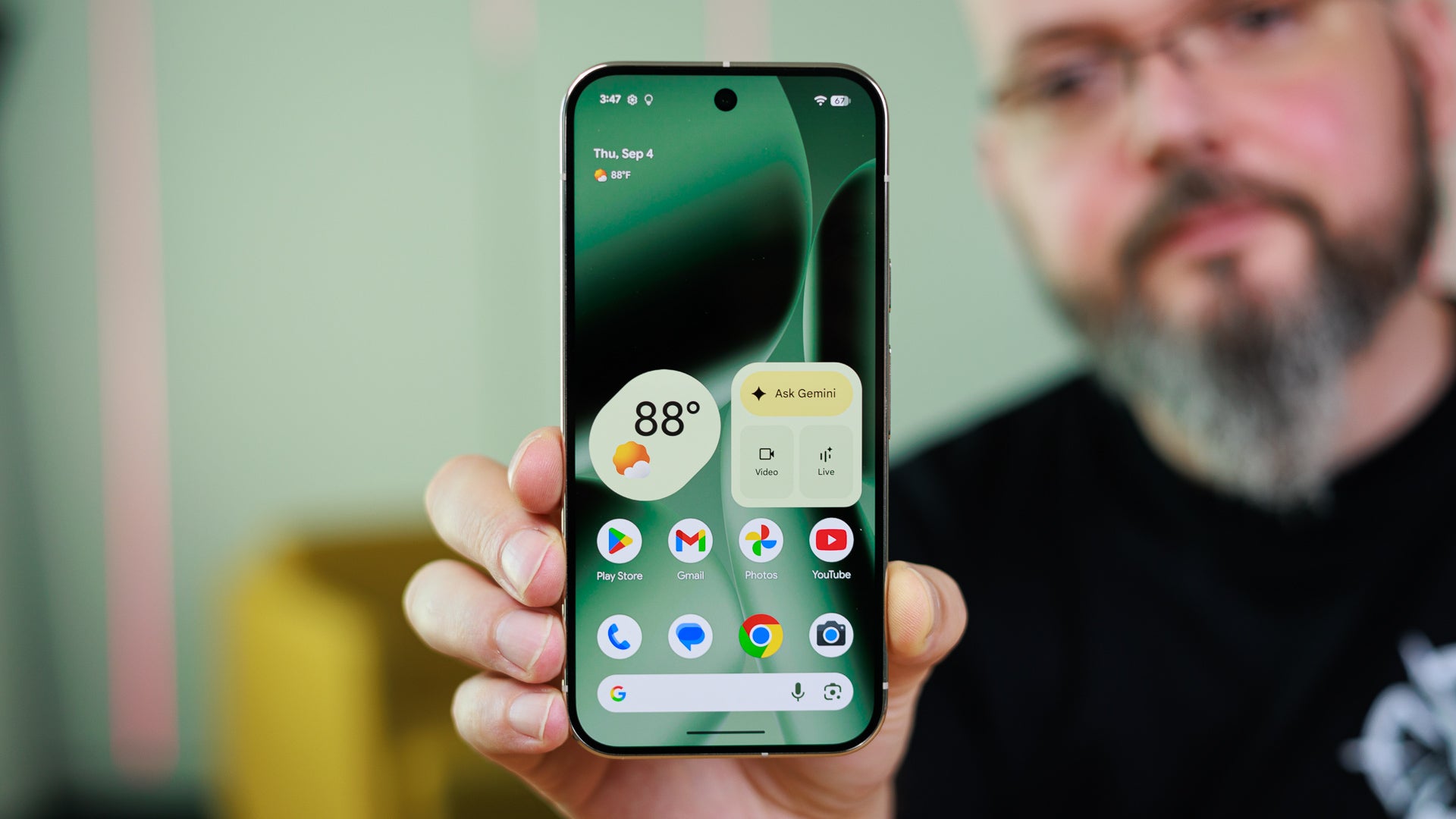
Always a difficult question this one. If you already own a Pixel phone, especially last year's Pixel 9 Pro, there's little to no reason to get the new Pixel 10 Pro. Yes, the Tensor G5 is faster, more efficient and can do some AI magic on-device, but we can bet our Christmas bonuses that most of these features will drip down older Pixels in the not-so-distant future.
If you're looking to dip your toes into Google's ecosystem of devices and you want to buy your first Pixel phone, the Pixel 10 Pro is one of the best options on the market. You can get the XL variant if you need more screen estate or opt for the Fold if foldables are your thing, but the Pixel 10 Pro sits in the right spot when it comes to features per dollar spent.
Follow us on Google News

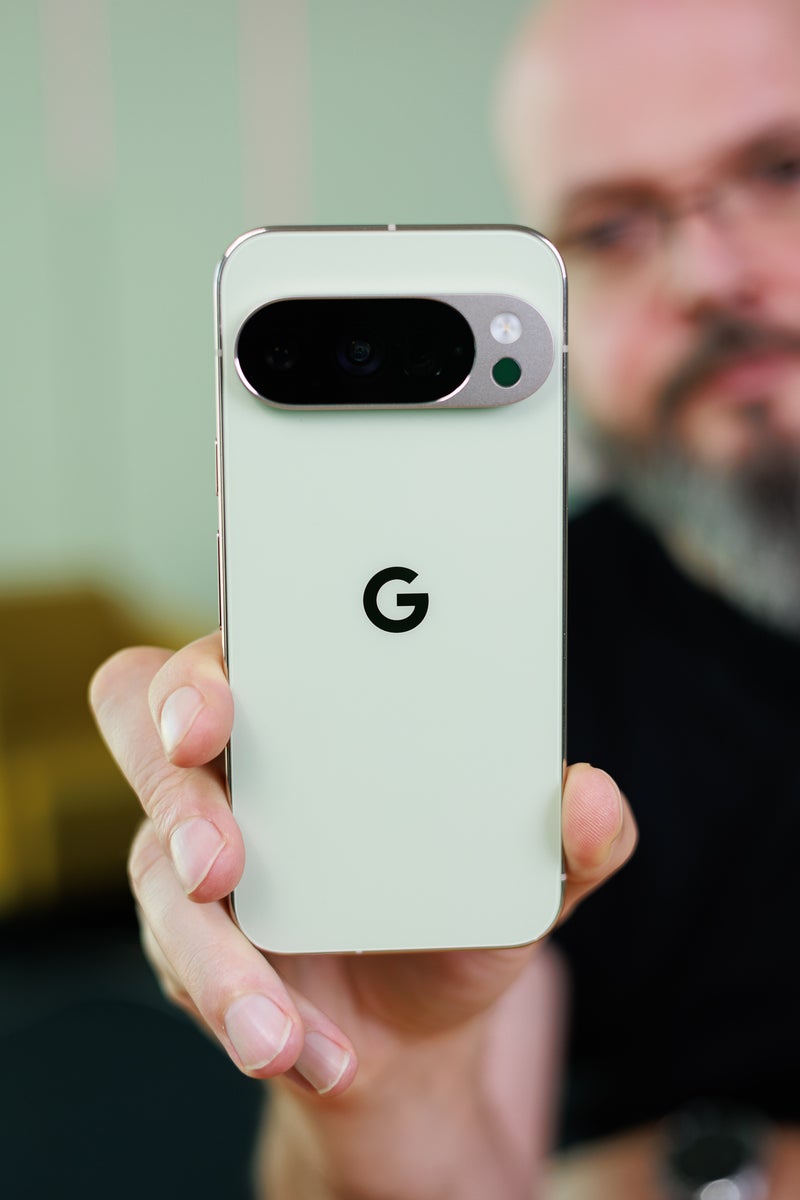

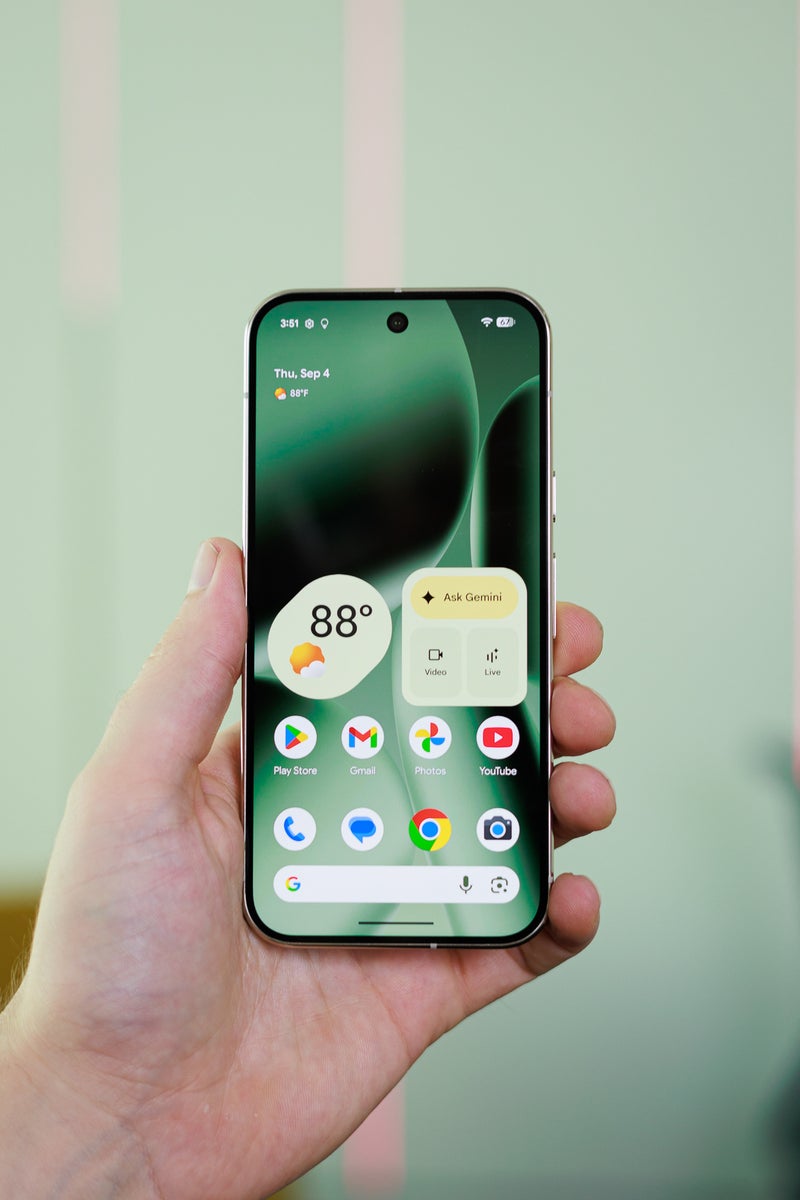
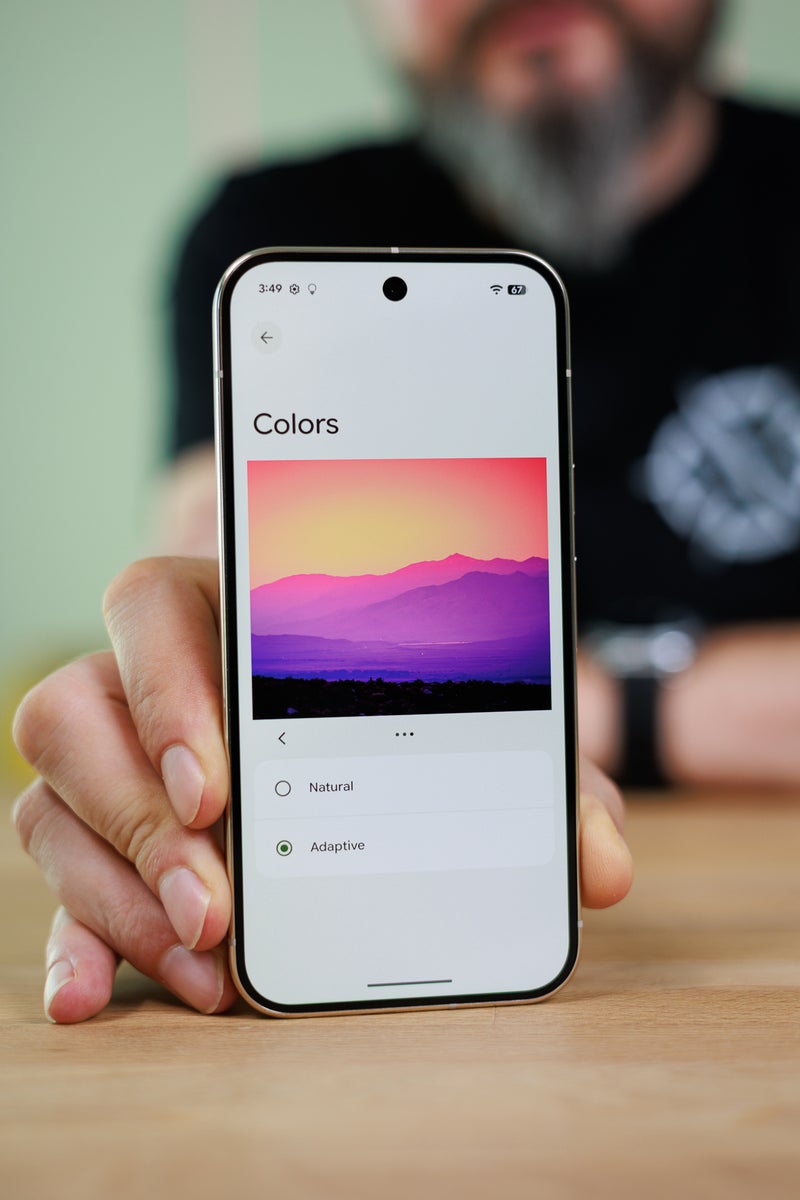
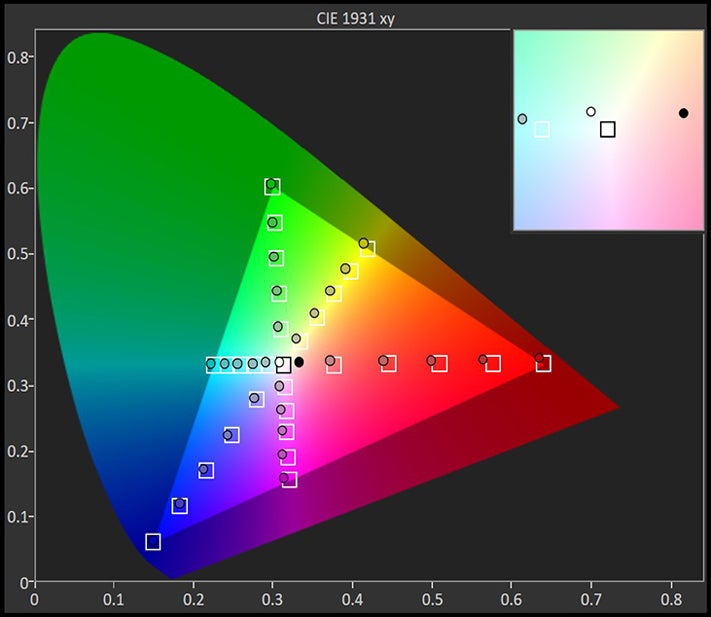











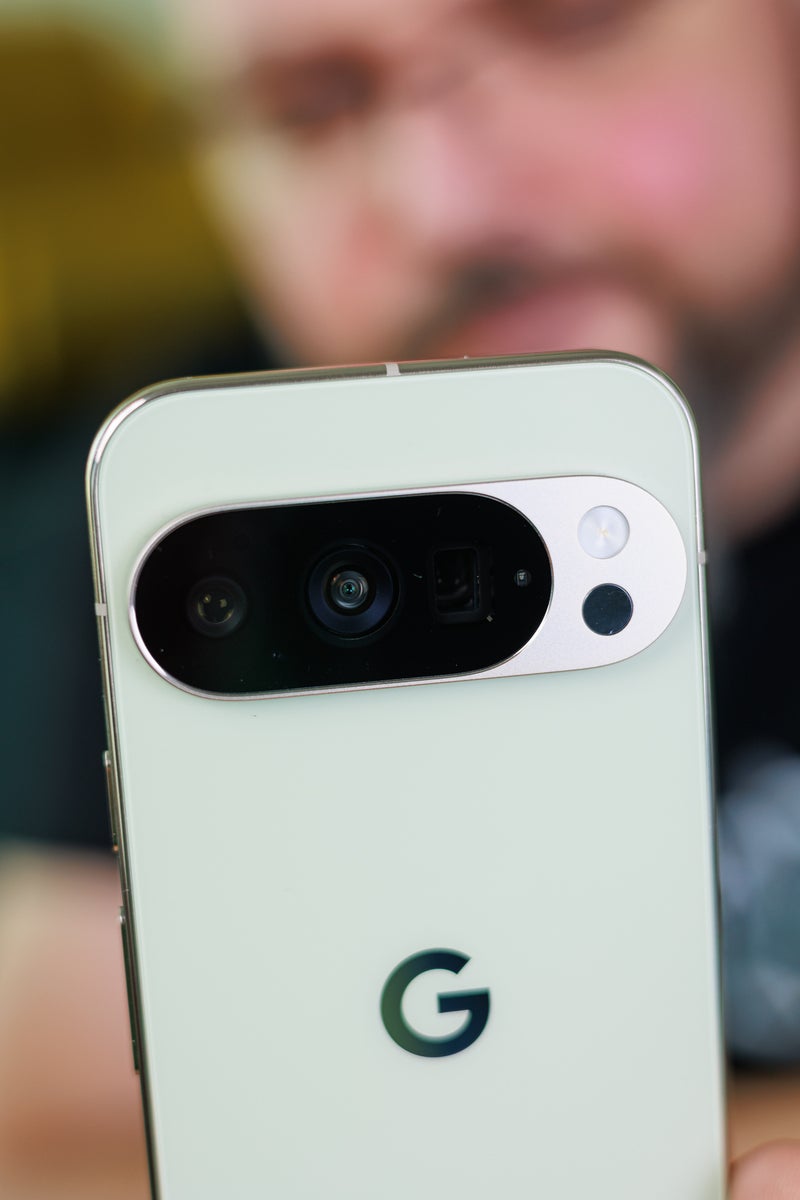
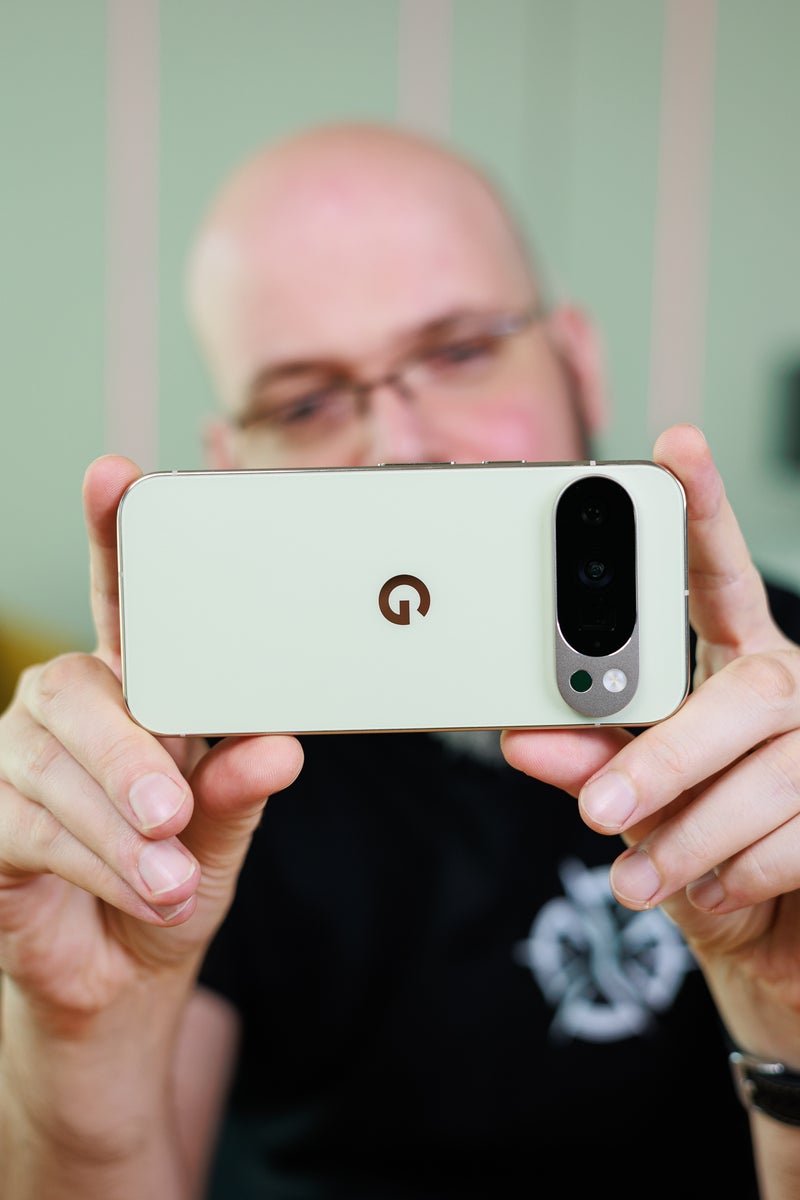


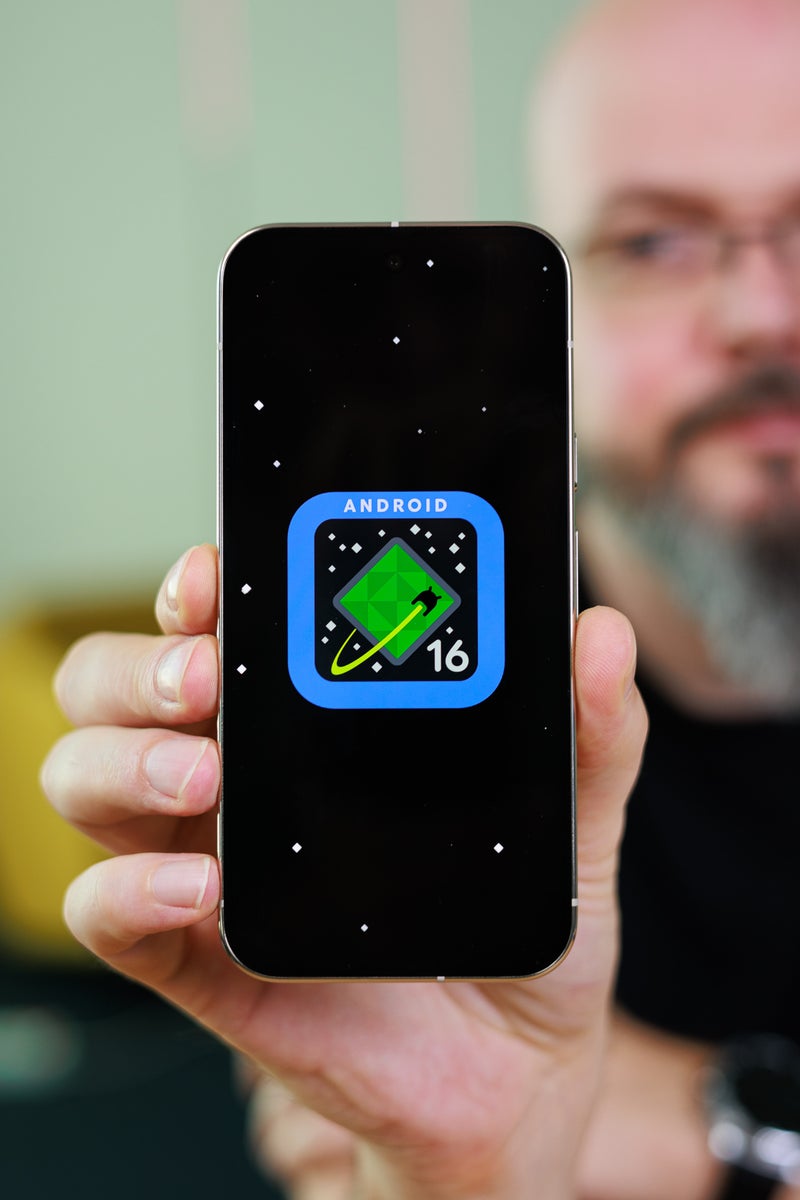
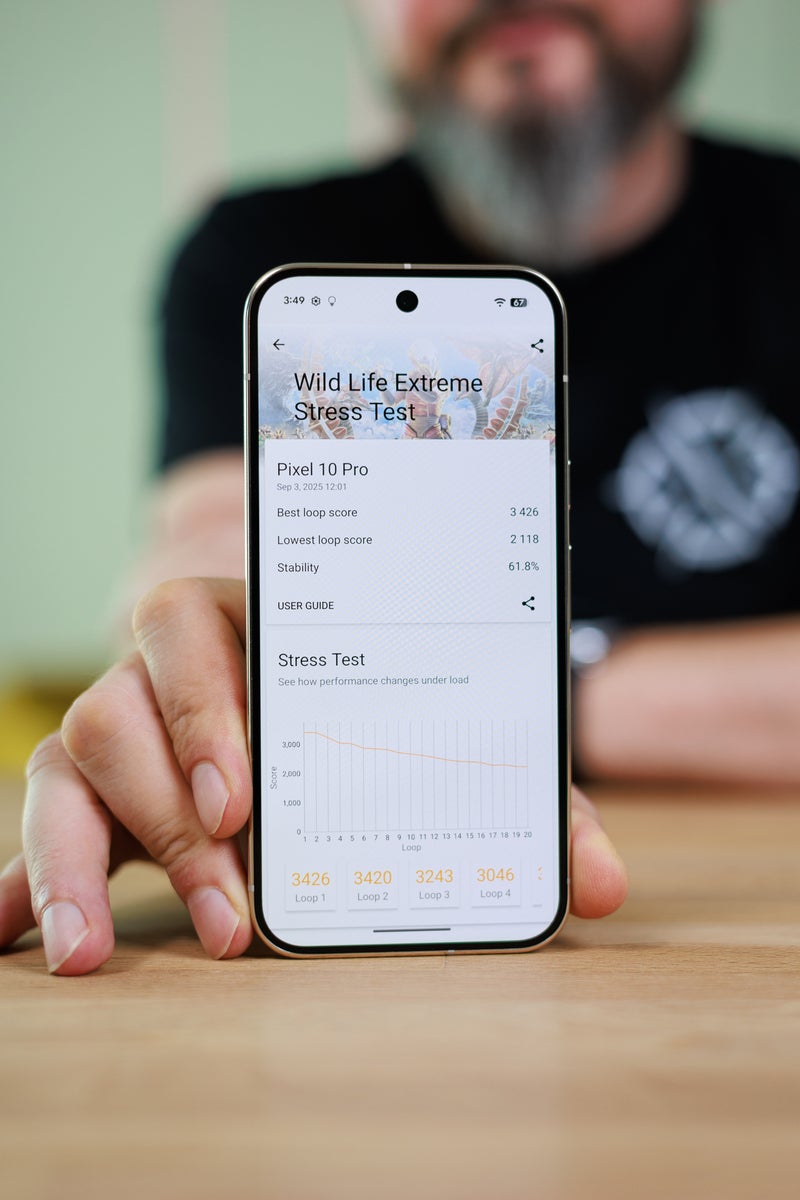

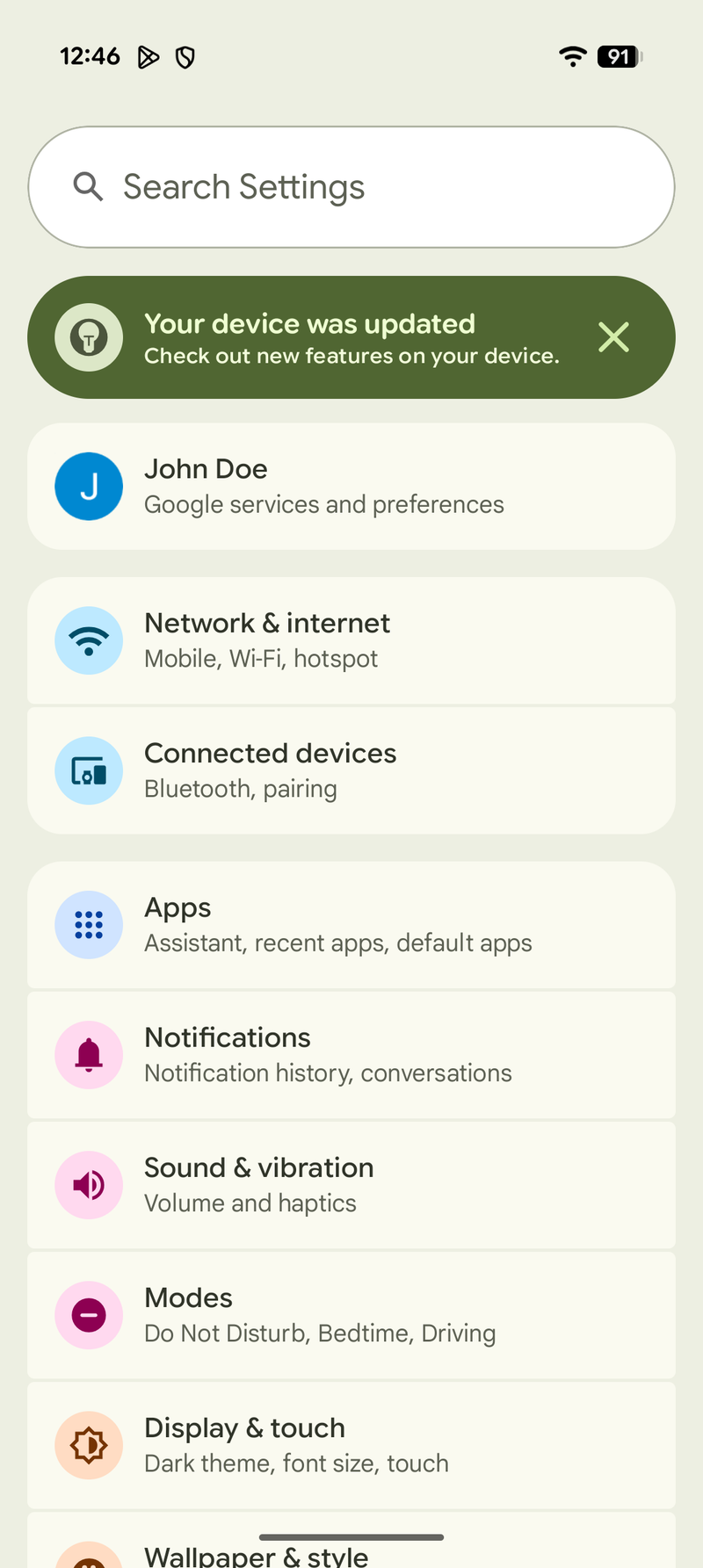
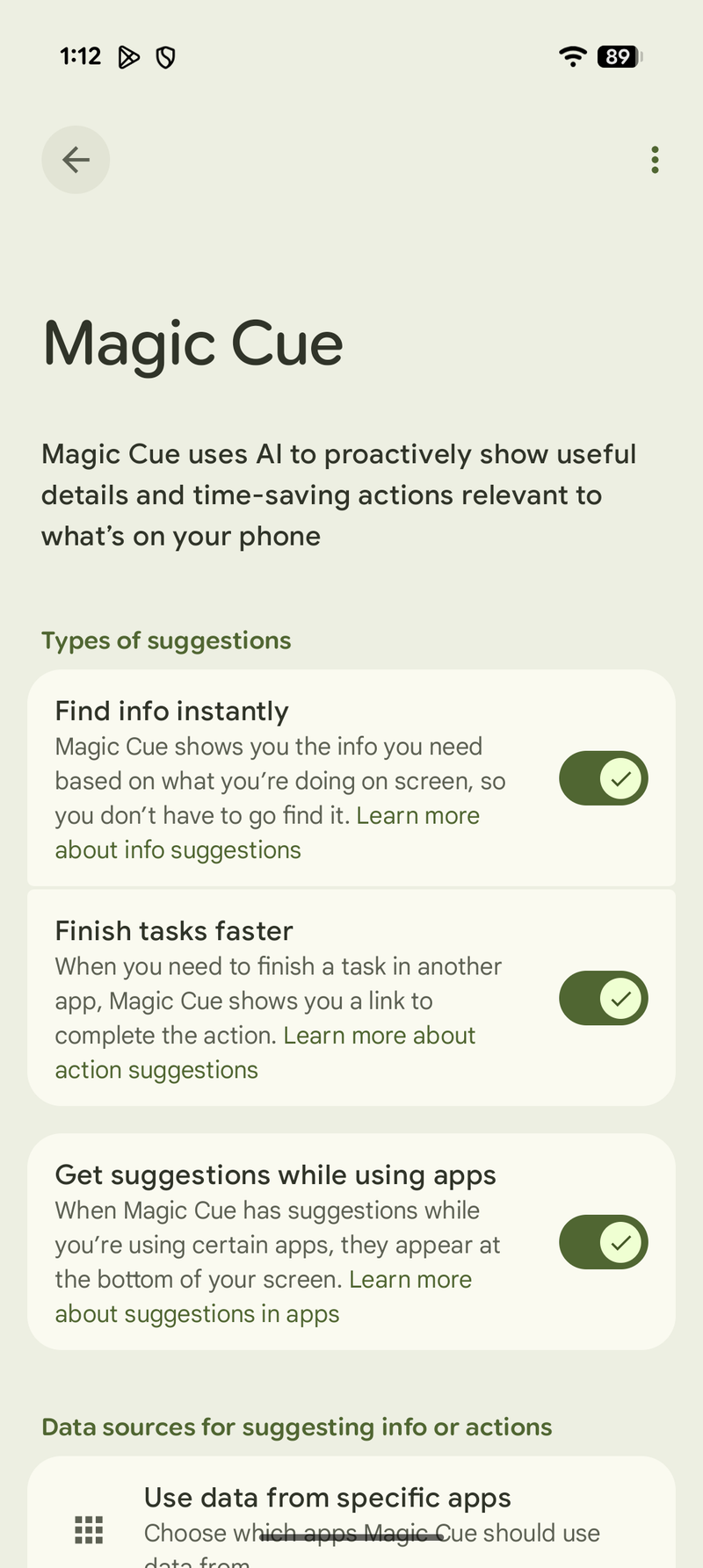
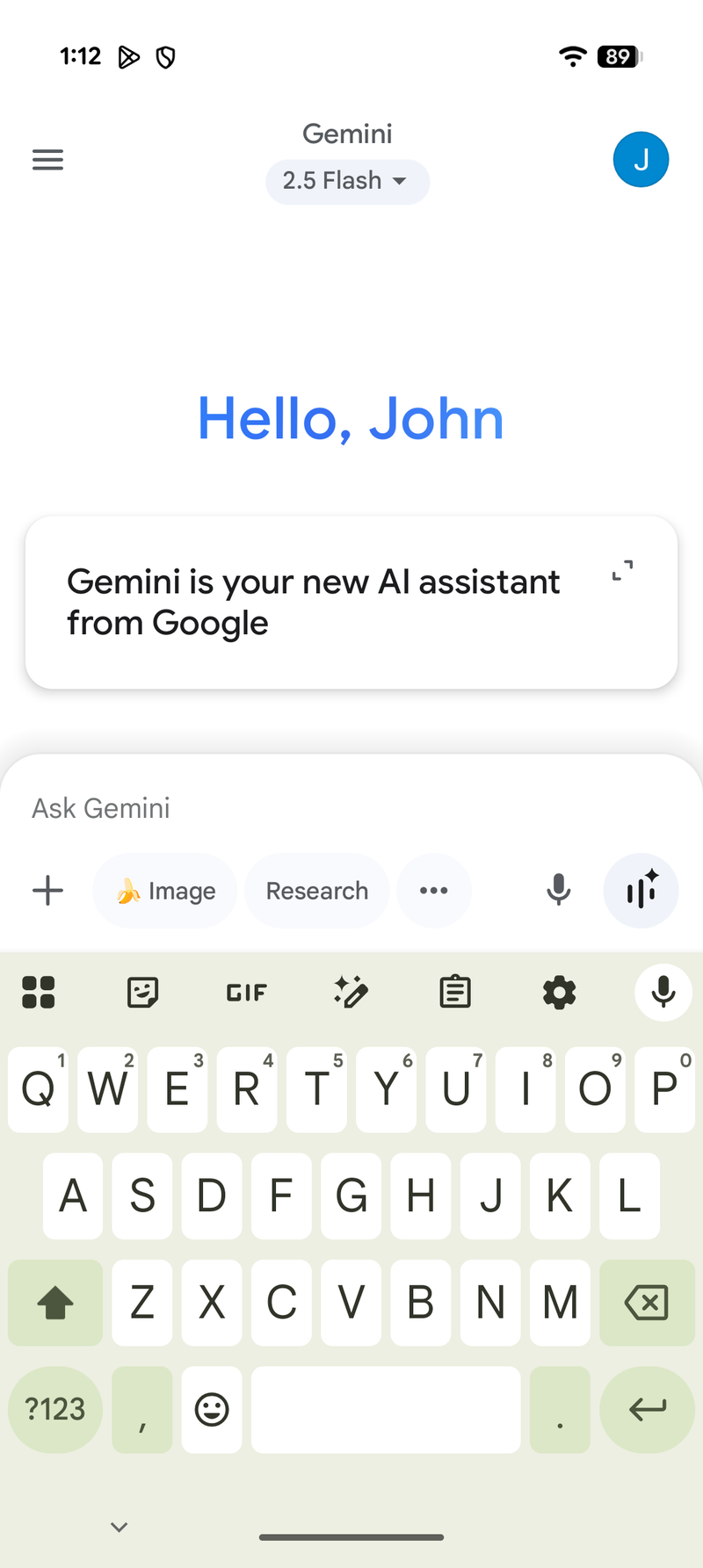

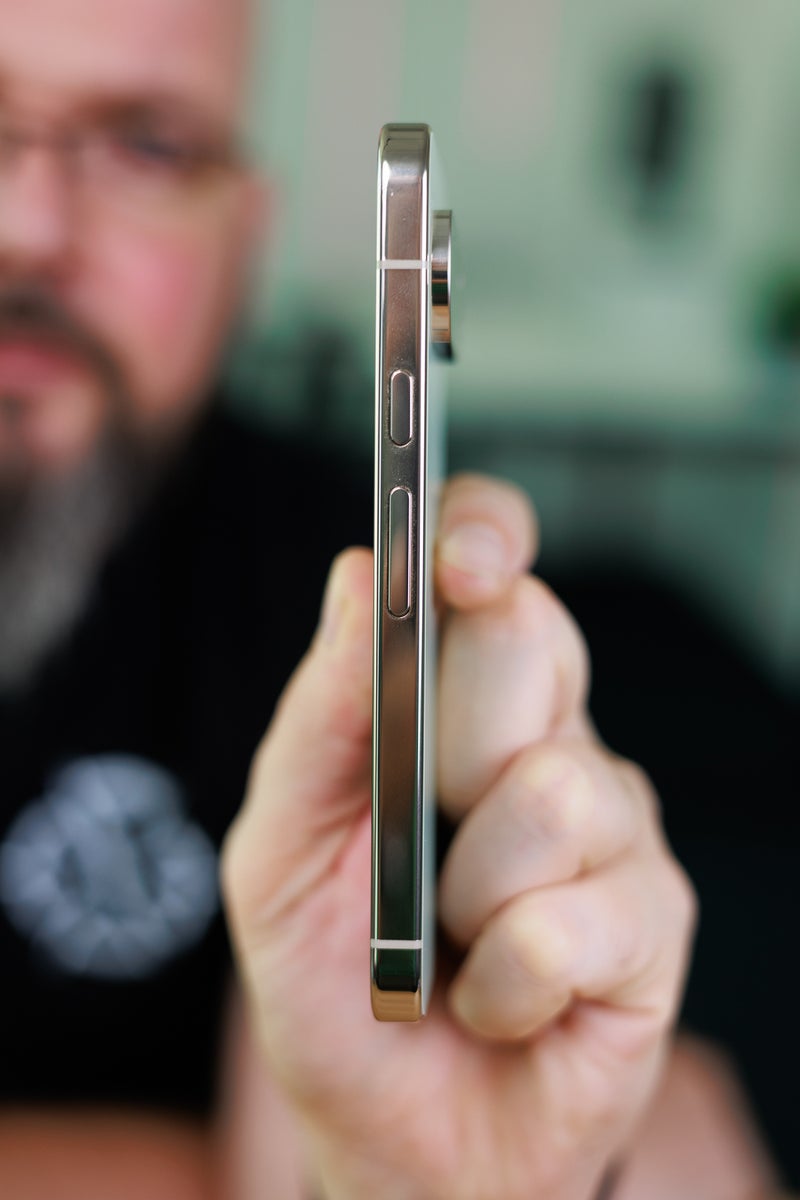




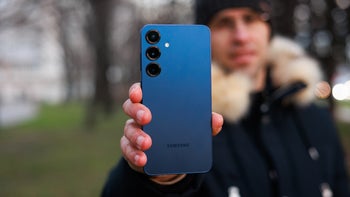

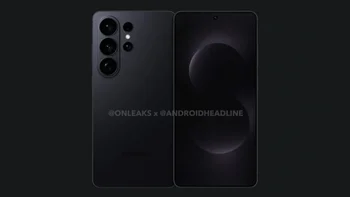

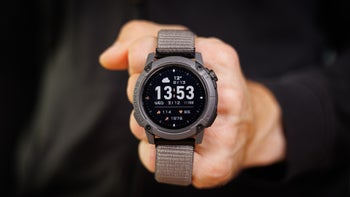


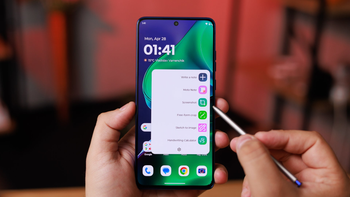


Things that are NOT allowed:
To help keep our community safe and free from spam, we apply temporary limits to newly created accounts: